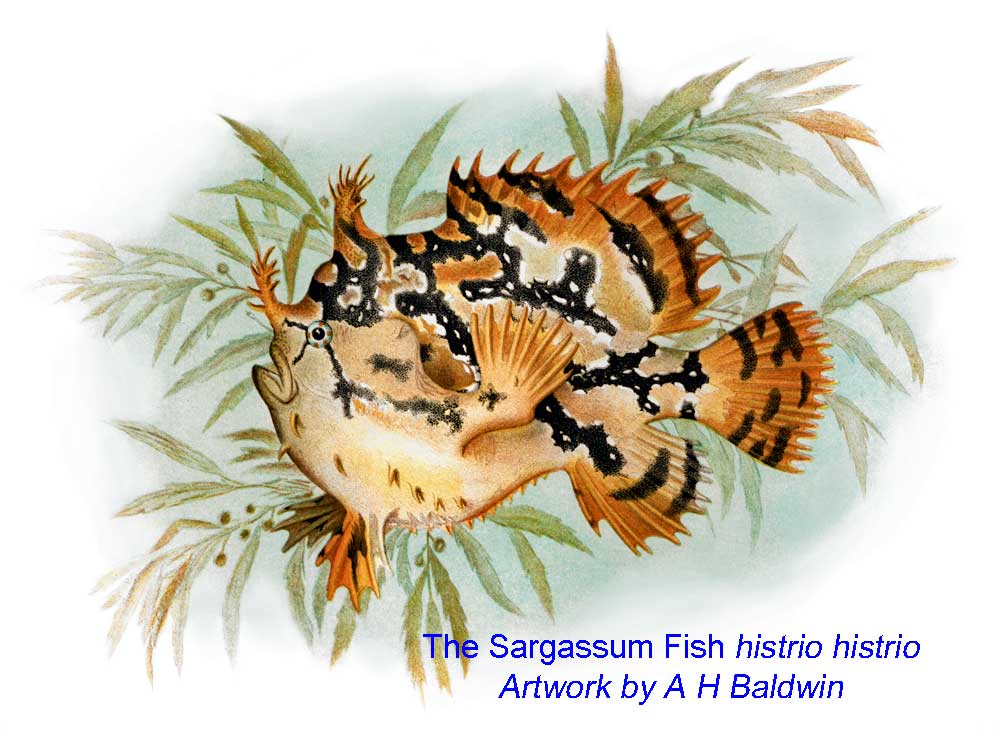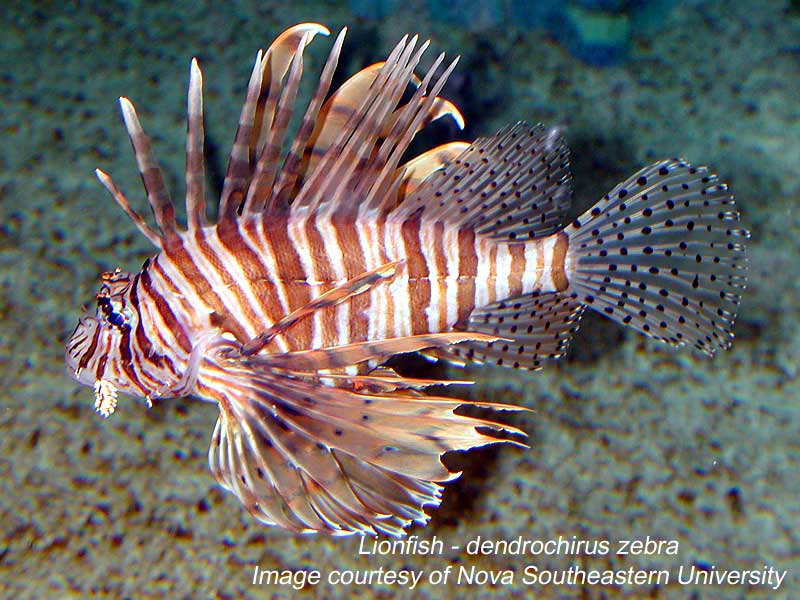| Back to Back Issues Page |
 |
|
The Sailboat Cruiser ~ Issue #19 June 25, 2015 |
HiThe Sailboat CruiserThe Sailboat Cruiser is the free monthly newsletter of sailboat-cruising.com and sets out to bring you the news, views and general musings of, well, me - Dick McClary, a sailboat cruiser and creator/owner of the website. If you like this newsletter, please feel free to email it to your friends. If one of your friends did forward this to you and you like what you read, please subscribe by visiting The Sailboat Cruiser Newsletter #19 - June 2015What's in This Issue:
Checking in with a Song at Customs and Immigration?If you're fortunate enough to cruise the Caribbean islands you'll be familiar with the requirement to check in through Customs and Immigration (and sometimes the Police too) each time you visit an island country - and check out through a reverse of the procedure when it's time to move on.Sometimes all this officialdom can get a little tedious, but now and again it can be a pleasant and memorable experience... Back in 2013 we were checking in to St Martin - a half Dutch, half French island at the northern end of the Leeward Islands. I had completed all the paperwork and handed it to the Customs Officer at the Customs & Immigration Office on the Dutch (St Maarten) side by the Simpson Bay Bridge. "Boat name?", she asked, clearly not impressed by my handwriting. "Alacazam" I replied, "Alpha Lima Alpha Charlie Alpha Zulu Alpha Mike" offering further "It's from a Nat King Cole Cole song, 'Orange Coloured Sky' and when Mary's had a couple of drinks she's been known to sing it". I regretted this last comment the moment it was past my lips, as Mary, clearly needing no alcoholic inducement burst into song. "I was walking along, minding my business, When out of an orange-coloured sky, Flash! Bam! Alacazam! Wonderful you came by..." To my intense relief a broad grin spread across the bemused lady's face, followed by a round of hearty applause. "Welcome to St Maarten" she said. Earlier this year (February 2015) we were back in St Maarten. Clearing in at the same Customs & Immigration Office, under the gaze of the same lady Customs Officer. She perused my proffered paperwork. "Good morning ma'am" I said. She held up her hand to stop any further communication, and stabbed at several buttons on her computer. What breach of protocol had I committed to cause this unexpected rebuffal, I wondered? Suddenly the computer provided the musical answer... "I was walking along, minding my business, When out of an orange-coloured sky, Flash! Bam! Alacazam! Wonderful you came by..." Not just Mary's few lines of the song this time, now we got the full version by Nat King Cole. "Welcome back to St Maarten, Alacazam" she said. Sargassum Weed - the Floating MenaceAs many of you will know, I'm something of a fishing fanatic and nearly always have one or more trolling lines set out when cruising the prolific waters of the Caribbean. Not this year though...The reason? Sargassum seaweed! There's been an explosion of the stuff this year. Not only does it float on the surface, it's also suspended several metres below it. As a result, trolling a lure astern has been largely a waste of time. The lure will get fouled after just a few minutes. But not only does it affect your fishing...
Personally, I won't be
disappointed to see the back of sargassum weed and neither I would imagine, will be the operators of tourist hotels on the windward side of the islands.
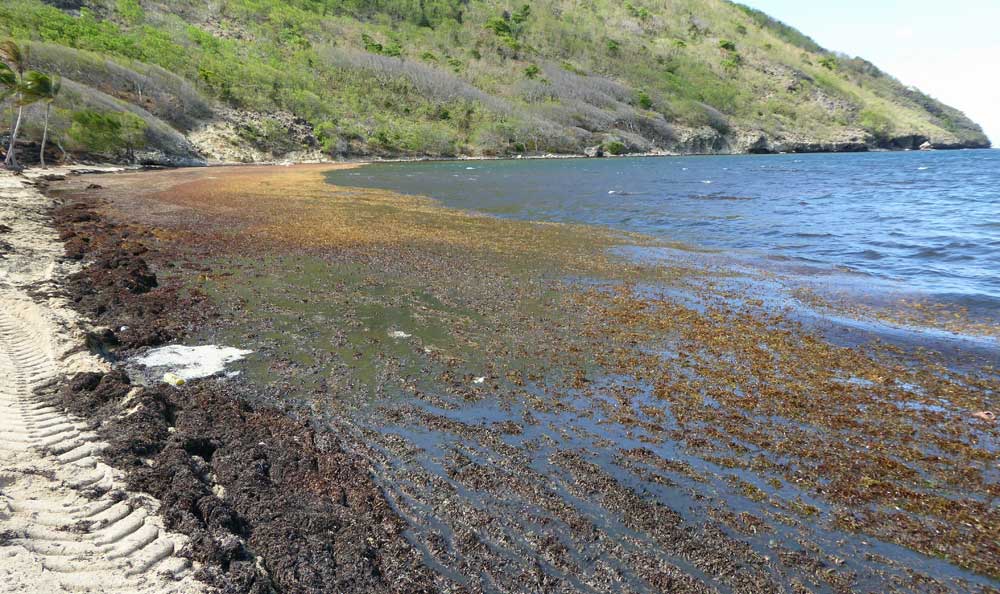
This is the beach at Bay de Pompierre on Les Saintes, in former years a white-sand, palm-fringed tropical paradise and a favourite of both locals and tourists alike. When the weed begins to rot - as it has here - the smell is horrendous. But it's not all bad news, as pointed out by Trinidad Express Newspapers:~ "These drifting plants form extensive mats in the open ocean and provide a major food source for herbivorous animals which in turn attracts the carnivores. Besides being a food source, this seaweed community supports a diverse ecosystem and provides critical habitat for a wide variety of sea life including crabs, shrimp, molluscs, fish such as mahi mahi, and sea turtles, and is a nursery and spawning area for others. The Sargassum Fish, histrio histrio, spends its entire life in free-floating Sargassum seaweed and has fleshy weed-like appendages that help it blend in with its background."
The Invasion of the LionfishStill in the Caribbean we now have another invasion, this time by a thoroughly antisocial fish - the Pterois, more commonly known as the Lionfish.
These belong in the Indo-pacific areas but were introduced into the Atlantic via the US aquarium trade in the 1980’s and have since invaded the ocean from North Carolina to South America, including the Gulf of Mexico. Incredibly, Lionfish have become established throughout most of the Caribbean in less than five years - and they are very bad news indeed, because:~
On the plus side, they're delicious and are now finding their way onto menus throughout the Caribbean. So eat more lionfish! Secondhand Sailboats for Sale on Sailboat-Cruising.comOur free secondhand boat advertising facility continues to attract some interesting submissions...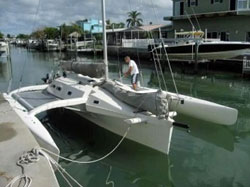
Farrier F9AX Trailerable TrimaranProbably not a boat most of us would choose for long distance sailing, but a great way to enjoy a very fast multihull without having to pay for an expensive marina berth.More details, asking price etc...
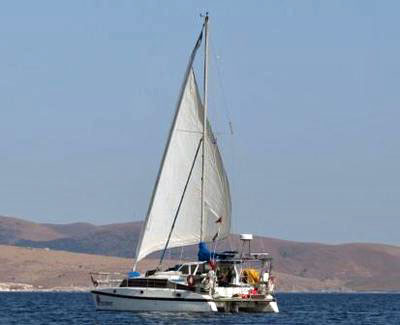
Dean 37 Cruising CatamaranThis one is currently based in Cyprus and is ready to cruise the Meditterranean and beyond.More details, asking price etc...
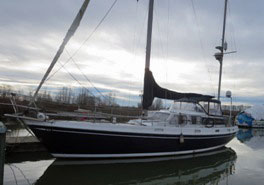
ConquistaA well equipped William Tripp designed 45 foot centre-cockpit ketch rigged cruising monohull. She was built in 1973 by Columbia Yacht Corp.More details, asking price etc...
Feedback on the previous issue of The Sailboat Cruiser...1. In the May issue (#18) of The Sailboat Cruiser I was bemoaning the fact that as a Brit visiting the British Virgin Islands I was unable to visit the American Virgin Islands without a US Visa in my passport. Fellow Brit, Christopher Price, tells me that there's a way around this..."As for visiting the USVIs, it can be done without the high cost and rigmarole of US visas for you as yacht owners. What is required is that you take your boat to Tortola, leave her in Sopers Hole and catch the ferry to Charlotte Amalie on St Thomas. Upon arrival you present yourselves to Homeland Security (the US government's mega zillion dollar contribution to their tourist industry) and they will issue you with a three month visa as bonafide tourists with return tickets. You then hop on the return ferry, pick up your boat and sail back from whence you have just come. Upon arrival you again present yourselves to Homeland Security, but this time you are cruising visitors with valid visas! Voila! Apparently it is legitimate - and it works!" An excellent tip Chris. I just wish I'd known about it a few months ago.
2. Dr Chris Barber recounts a bizarre overheating engine incident... "I was particularly drawn to the piece in Newsletter #17 on one of the downsides on Yanmar diesel engines – specifically being prone to blockage of the water cooling system. This rang alarm bells with me as I have a Yanmar onboard engine on my cruising yacht Aeolian which is moored on the Swan River at Claremont Yacht Club near Perth in Western Australia. I have often wondered why the previous owner advised to regularly check the water discharge from the engine. Why on earth would you? A week or so after reading the article, we were motoring out to the start line for the weekly Twilight “race” - a social sail from Claremont in Freshwater Bay across Melville Water towards the city of Perth, and back again. The only rules are to avoid collisions which might spill the drinks, and to definitely avoid standing in the Kalamata Olive dip. Needless to say, halfway out to the start, the engine alarm went off, indicating overheating. Remembering your article, I checked the cooling water discharge – none at all. I surprised everyone by my knowledge of what was wrong and what was the likely cause – build up of carbon in the discharge line from the engine, wherever that was. We managed to get back to the mooring, and as it was by then post-twilight and quite dark, I left investigation of the problem until later when we could see what was amiss. I called my mate Bill who helps with sorting out this sort of thing, and sent him a copy of your Newsletter with the article on Yanmar, to point him in the right direction (not that he needed pointing anywhere). He eventually dropped by and checked out the cooling system. His first check was with the strainer, as with your investigation. Obviously something was wrong with the inner workings of the strainer, as there was this large blob which looked a bit like a lost breast implant, sort-of squidgy and almost transparent but slightly brownish, completely blocking the system. On ejecting the contents of the strainer into a bucket, we decided that
We wondered how on earth a 4 inch diameter jellyfish could squeeze up a 1 inch diameter hose from the water inlet in the hull to the strainer. Bill wondered whether a juvenile jelly fish had been sucked in to the system and had grown to this size (complete with tentacles and other bits), eventually reaching such a size as to block the water flow. We quickly dismissed this concept as a bit speculative, and decided that it was more likely that the main body of said jellyfish was probably flexible (squidgy) enough to be sucked into the inlet and delivered to the strainer in near pristine condition, minus tentacles and less robust parts. Indeed, replacing the unblocked strainer gave us some small flow of water through the cooling system, but clearly there were other bits of detritus present within the system as a whole, presumably being the bits of the jellyfish which hadn’t been retained in the strainer. Bill quite adeptly checked the various hoses and blew these out to release all blockages, and he pronounced the problem fixed. He checked for carbon deposits, but all was clean as a whistle. The impeller on the water pump was also intact despite suffering what must have been some severe buffeting." Interesting Chris, that this beast could just as easily have been flushed up into your toilet bowl. Now that would be really alarming!
3. John Lawton offers further info on Virgin Island anchorages... "It would seem that, if you are not used to the area that you might seek moorings for the night. We never take a mooring. Except, well when the head gasket blew, we did get towed to a $30 mooring outside Spanish Town VG for the night. We always anchor there in sand. And, stupidly, someone put moorings outside Road Town west of the cruise ship dock, which everyone picks up for shopping and then vacates before the 5pm payment. We scoot to Deadman’s Bay on Peter by 4:30pm. There we can still see the bottom and anchor in sand. It’s tricky there though for anchoring, and much more crowded than when the charterers were not allowed to anchor there. But since Willie Gates owns some property there, the WiFi can be faster than anywhere else. Don’t tell anyone (oops, sorry John), but Key Cay on the South is our favorite anchorage. Anchor in sand in the cut of the land. A little rolly but in the right conditions worth it. But you picked some winner anchorages as well. Little Jost Van Dyke is a great anchorage near the cliffs and not far from Monkey Point for mooring and snorkeling. We like White Bay on Guana, but anywhere we can find free WiFi we like. We have heard that the second eastern bay on the north of Norman is nice. Sure the Bight is fun, especially if you make reservations on the Willy T floating bar and if you go just outside, the caves are fantastic. Try Savannah Bay on Virgin Gorda, actually Pond Bay for the best beach, save Deadman’s. But never go there when there is a hint of northerly swells. If you go to the USVI, St. John has great moorings. We like Salt Pond most of the time, Lameshur in bad weather, Francis if you like condominium life and quiet, Maho if you like the same with little wind, beautiful waters, and more rain. If you go to Salt Pond, pick up the $1 bus, it’s the cheapest amusement park ride you’ll ever have, especially when the driver is late in schedule. When checking in, pick up a mooring in Caneel, the closer to Cruz Bay the better. Dinghy over to Cruz Bay and choose a dinghy dock behind the ferry dock. Caneel has the second best WiFi around. Oh, and don’t tell anyone but Limetree bay, across from Haulover Bay, is fine to anchor in, but you must put your anchor in the North East corner. Half the bay is National Monument, and they will kick you out. Don’t anchor there in South seas. We also like Flanagan island, especially in South wind. Hawksnest is great if you like turtles and fish, but make sure there is no evidence of North swells coming in. There the Caneel Wifi is accessible. If you must go to St. Thomas, we like the “South” North West bay on Haskell Island. Yes, the ferry traffic causes some rolls but it is central to Crown Bay and Yacht Haven. Most however enjoy the night life at Yacht Haven with good access to town." Thanks John for your valuable insights.
More 'Likes' Please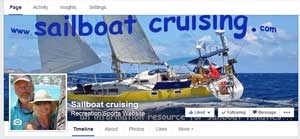 Sailboat-Cruising.com has a Facebook Page!
Sailboat-Cruising.com has a Facebook Page!
Clicking the image here will take you right to it, where you can browse through many more posts and articles. Please take a look, and feel free to make a post - and don't forget to 'Like' us of course... Thanks! Visit sailboat-cruising.com's Facebook Page... And finally...If you know anyone who might be interested in the contents of this newsletter, feel free to email it to them. It's not secret!And this newsletter can be a two-way thing. If you've read anything you'd like to comment on, or perhaps there's an event you'd like to see announced in a future newsletter, then please let me know. See you next month! 
Go to Sailboat-Cruising.com's Home Page... |
| Back to Back Issues Page |
